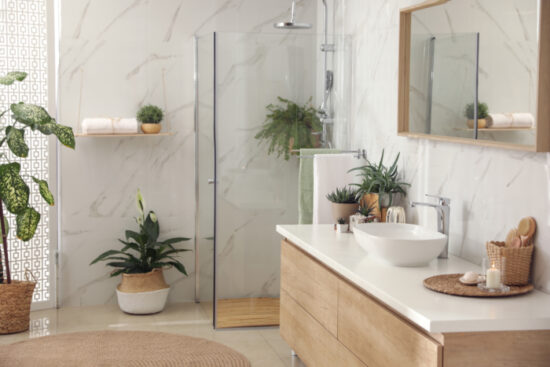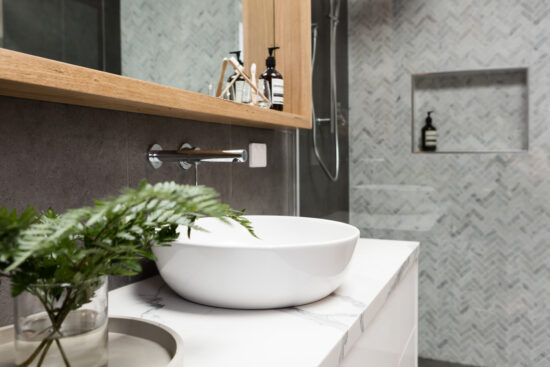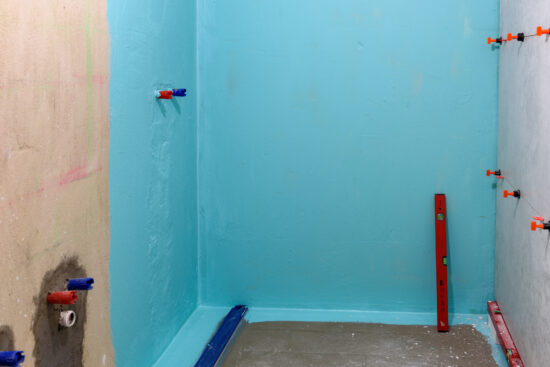One of the best ways I’ve seen Sydney homeowners improve the design, functionality and aesthetics during a home renovation is by removing inconvenient internal walls. Wall removal can create an open-plan living area, make way for a kitchen or bathroom renovation in Sydney, or just ‘open up’ space in your home. However, wall removal is not as simple as just “deleting” a wall. There are several aspects to consider before you start.
Here is a guide to help you understand the potential issues that can arise if you try to remove a wall and how these can impact the cost of removing a wall inside your house.
Why would you remove an interior wall?
The removal of an interior wall will enable a big difference in the aesthetics and functionality of your home. Perhaps you want to combine your kitchen and dining rooms, increase the open space inside your house, or simply allow the natural light inside the house. Knowing the purpose of removing an interior wall will help you prioritise and carefully plan it out to get the best value for your money.

Before you get started, here are 4 things to consider when you’re thinking about removing an interior wall in your home:
1. Is it a Load-Bearing Wall?
In general, load-bearing walls are constructed as a structural support of the ceiling or the floor above, or the roof of the house. Removing these walls can weaken the house’s structure which can cause the house to cave-in or crack.
We renovate bathrooms big and small with prices starting at $20,000.
✔ Get your new bathroom on time and on budget
✔ Deal with the professionals
✔ Quality you can trust
Call now for a personalised quote
To safely remove a weight-bearing wall, a contractor will construct a structural system such as beams, columns, or posts before the wall is removed. These beams or columns replace the structural support provided by the load-bearing wall. Depending on the weight of what was originally being supported by the wall, the number of beams or columns will vary.
Meanwhile, non-load-bearing walls don’t have much structural importance. Most of the time, these walls are used to divide the floor into rooms. They are built with lighter materials to reduce the dead load of the entire house structure. These walls can be removed without endangering the safety of the household. Whilst there are certain indicators which can help you determine if an internal wall is load-bearing, it’s best to consult a builder or engineer.

2. What utilities are located within the wall cavity?
Before removing a wall, it’s vital to check your house plan to find out what’s inside the wall cavity. If you don’t have a copy of your house plan, you can contact your local council in Sydney, who may hold the building plans on file, and be able to provide them to you for a fee. Alternative, you could try reaching out to the previous owner or talking to your real estate agent to get a copy.
There could be electrical wiring, plumbing, ventilation, and air conditioning ducts inside the wall cavity. These can be damaged, and the repair costs can be high. You may also need to relocate them which means modifying adjacent walls. In some cases, a well-designed bulkhead could also be used to conceal protruding utilities after you’ve removed a wall.
It’s imperative to carefully plan the wall removal to avoid accidents and additional costs.
3. What type of wall is it?
Another factor to consider is the type of internal wall you wish to remove. Plasterboard with timber stud walls are easier and cheaper to remove compared to masonry. Masonry walls may require the use of heavy-duty demolition equipment and will make the job more time consuming compared to removing a plasterboard wall.
Depending on the age of your home your internal walls may contain fibro cement sheeting containing asbestos. Asbestos removal may require additional licensing and disposal costs under Australian WHS regulations adding extra cost to the job.
4. How much does it cost to remove a wall in Sydney?
The cost of removing a wall depends on the wall size, the wall type, and the type of building. You will need to determine whether the wall is a load-bearing wall or non-load bearing wall. Load-bearing walls may require you to hire the services of an architect or engineer and it can be more costly. One way to find this out is to hire a builder or engineer to determine if the wall is load-bearing.
Removal of non-loadbearing walls for a single storey home can cost as little as $2,000 but will be more for a larger wall, or one with utilities within the wall cavity. Load-bearing walls can cost $3,500 or more to remove, with walls in double-storey homes usually costing from $4,500 upwards. There may be other special permits, equipment, and professional services that your project may require.
Where possible, you can normally save money by opting to remove non weight bearing walls if you have the choice, and this will most likely save you the hassle of additional engineering reports and approvals. However, if the whole home improvement project relies on the removal of a weight-bearing wall, then it may be worth the cost.
Wall removal is a tough job, it is messy and loud, but it can be done. Removing a wall can significantly impact the feeling of your home. With careful planning and preparation, you will be able to save money by avoiding costly accidents and more importantly keeping everyone safe. Hiring a licensed and insured Sydney builder like DCON Group is recommended to carry out your house’s wall removals. Their services ensure that the plan is carried out safely which can include refinishing the surrounding walls, floor, and ceiling. If you’re considering removing a wall in your home, contact us to get a quote to get the job done right.








